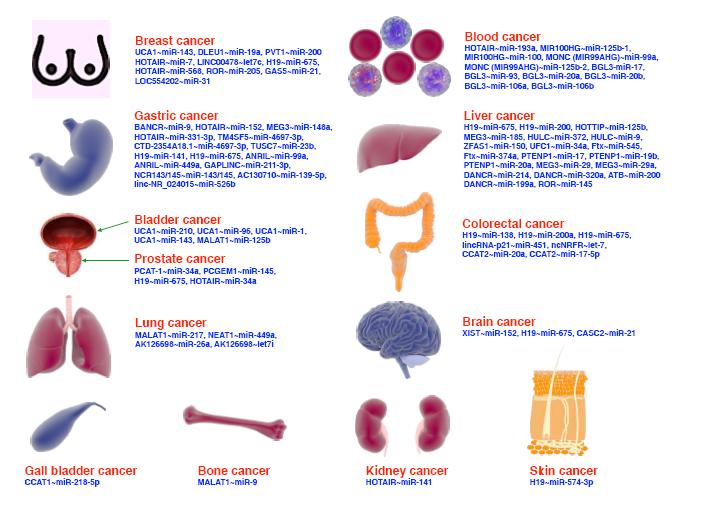| 1. |
Phelps E A. Emotion and cognition: insights from studies of the human amygdala. Annual Review of Psychology, 2006, 57: 27-53.
|
| 2. |
Koelstra S, Mühl C, Soleymani M, et al. DEAP: a database for emotion analysis; using physiological signals. IEEE Transactions on Affective Computing, 2011, 3(1): 18-31.
|
| 3. |
Katsigiannis S, Ramzan N. DREAMER: A database for emotion recognition through EEG and ECG signals from wireless low-cost off-the-shelf devices. IEEE Journal of Biomedical and Health Informatics, 2018, 22(1): 98-107.
|
| 4. |
Cheng J, Chen M, Li C, et al. Emotion recognition from multi-channel EEG via deep forest. IEEE Journal of Biomedical and Health Informatics, 2021, 25(2): 453-464.
|
| 5. |
Liu Y, Ding Y, Li C, et al. Multi-channel EEG-based emotion recognition via a multi-level features guided capsule network. Computers in Biology and Medicine, 2020, 123: 103927.
|
| 6. |
Liu D, Dai W, Zhang H, et al. Brain-machine coupled learning method for facial emotion recognition. IEEE Transactions on Pattern Analysis and Machine Intelligence, 2023, 45(9): 10703-10717.
|
| 7. |
Li W, Xue J, Tan R, et al. Global-local-feature-fused driver speech emotion detection for intelligent cockpit in automated driving. IEEE Transactions on Intelligent Vehicles, 2023, 8(4): 2684-2697.
|
| 8. |
蔡梓良, 郭苗苗, 杨新生, 等. 基于最大分类器差异域对抗方法的跨受试者脑电情绪识别研究. 生物医学工程学杂志, 2021, 38(3): 455-462.
|
| 9. |
Chowdary M K, Nguyen T N, Hemanth D J. Deep learning-based facial emotion recognition for human-computer interaction applications. Neural Computing and Applications, 2021, 35(32): 23311-23328.
|
| 10. |
Fei Z, Yang E, Li D D, et al. Deep convolution network based emotion analysis towards mental health care. Neurocomputing, 2020, 388: 212-227.
|
| 11. |
Rouast P V, Adam M T P, Chiong R. Deep learning for human affect recognition: insights and new developments. IEEE Transactions on Affective Computing, 2021, 12(2): 524-543.
|
| 12. |
Yu X, Li Z, Zang Z, et al. Real-time EEG-based emotion recognition. Sensors, 2023, 23(18): 7853.
|
| 13. |
Duan D, Li Q, Zhong W, et al. GSCNN: gender-sensitive EEG emotion recognition using convolutional neural network//2023 29th International Conference on Mechatronics and Machine Vision in Practice (M2VIP), Queenstown: IEEE, 2023: 1-6.
|
| 14. |
Zhang T, El Ali A, Wang C, et al. Weakly supervised learning for fine-grained emotion recognition using physiological signals. IEEE Transactions on Affective Computing, 2023, 14(3): 2304-2322.
|
| 15. |
Zhang L, Xiao D, Guo X, et al. Cross-subject emotion EEG signal recognition based on source microstate analysis. Frontiers in Neuroscience, 2023, 17: 1288580.
|
| 16. |
Li D, Xie L, Wang Z, et al. Brain emotion perception inspired EEG emotion recognition with deep reinforcement learning. IEEE Transactions on Neural Networks and Learning Systems, 2024, 35(9): 12979-12992.
|
| 17. |
Zhang J, Park S, Cho A, et al. Recognition of emotion by brain connectivity and eye movement. Sensors, 2022, 22(18): 6736.
|
| 18. |
Zheng W L, Liu W, Lu Y, et al. EmotionMeter: a multimodal framework for recognizing human emotions. IEEE Transactions on Cybernetics, 2019, 49(3): 1110-1122.
|
| 19. |
Wu X, Zheng W L, Li Z, et al. Investigating EEG-based functional connectivity patterns for multimodal emotion recognition. Journal of Neural Engineering, 2022, 19(1): 016012.
|
| 20. |
Liu W, Zheng W, Lu B. Emotion recognition using multimodal deep learning//Proceeding of the 23rd International Conference on Neural Information Processing, Kyoto: Springer Cham, 2016: 521-529.
|
| 21. |
Zhao L, Li R, Zheng W, et al. Classification of five emotions from EEG and eye movement signals: complementary representation properties//2019 9th International IEEE/EMBS Conference on Neural Engineering (NER), San Francisco: IEEE, 2019: 611-614.
|
| 22. |
Russell J A. A circumplex model of affect. Journal of Personality & Social Psychology, 1980, 39(6): 1161-1178.
|
| 23. |
Eysenck S B, Eysenck H J, Barrett P. A revised version of the psychoticism scale. Personality and Individual Differences, 1985, 6(1): 21-29.
|
| 24. |
Abenna S, Nahid M, Bouyghf H, et al. EEG-based BCI: a novel improvement for EEG signals classification based on real-time preprocessing. Computers in Biology and Medicine, 2022, 148: 105931.
|
| 25. |
Yan W, He B, Zhao J, et al. Frequency domain filtering method for SSVEP-EEG preprocessing. IEEE Transactions on Neural Systems and Rehabilitation Engineering, 2023, 31: 2079-2089.
|
| 26. |
Aljanaki A, Yang Y H, Soleymani M. Developing a benchmark for emotional analysis of music. PLoS One, 2017, 12(3): e0173392.
|
| 27. |
杨文阳, 徐可欣. 联合虚拟现实环境和脑电信号的情绪识别研究进展. 生物医学工程学杂志, 2024, 41(2): 389-397.
|
| 28. |
Zhang Y, Liu H, Zhang D, et al. EEG-based emotion recognition with emotion localization via hierarchical self-attention. IEEE Transactions on Affective Computing, 2023, 14(3): 2458-2469.
|
| 29. |
汪佳衡, 王跃明, 姚林. 基于滤波器组长短时记忆网络的脑电信号情绪识别. 生物医学工程学杂志, 2021, 38(3): 447-454.
|
| 30. |
Fu B, Gu C, Fu M, et al. A novel feature fusion network for multimodal emotion recognition from EEG and eye movement signals. Frontiers in Neuroscience, 2023, 17: 1234162.
|
| 31. |
Gong X, Chen C L P, Zhang T. Cross-cultural emotion recognition with EEG and eye movement signals based on multiple stacked broad learning system. IEEE Transactions on Computational Social Systems, 2023, 11(2): 2014-2025.
|
| 32. |
Li J, Chen N, Zhu H, et al. Incongruity-aware multimodal physiology signals fusion for emotion recognition. Information Fusion, 2024, 105: 102220.
|
| 33. |
Zhang F, Li X, Lim C P, et al. Deep emotional arousal network for multimodal sentiment analysis and emotion recognition. Information Fusion, 2022, 88: 296-304.
|




